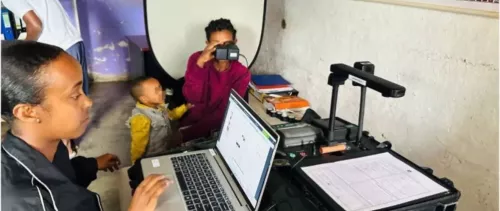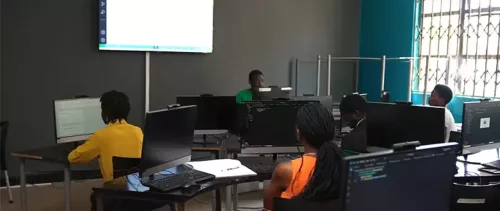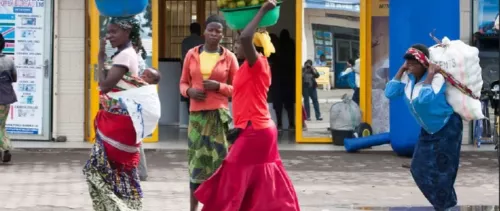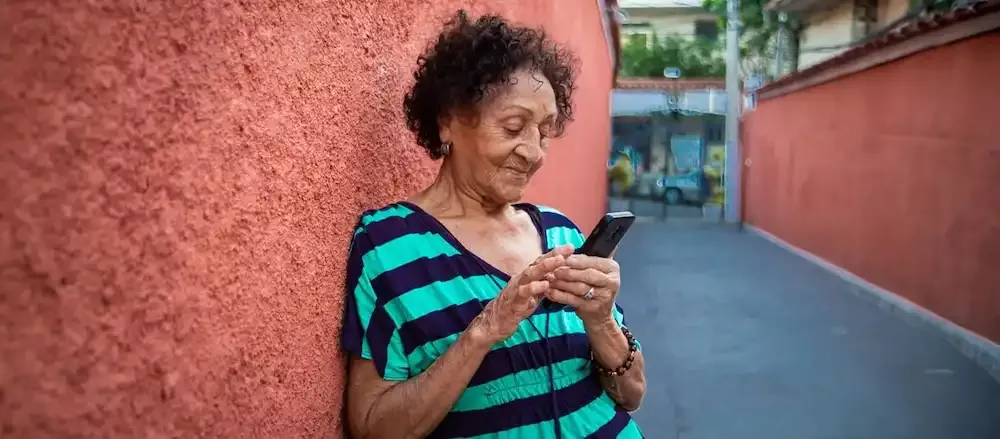
Bridging the digital divide in Brazil necessitates initiatives to improve connectivity in underserved areas. © Shutterstock
Across Latin America, the digital divide is not just a technological issue but a stark reflection of income inequality. Brazil is no exception. Access to the internet, a crucial gateway to education, job opportunities, and essential services, remains unevenly distributed. Research highlights a significant disparity: wealthier individuals usually enjoy seamless connectivity, while poorer populations often struggle with limited or no access, perpetuating socio-economic divides and hindering regional development.
To dig deeper into the nexus between financial inequality and internet access, we conducted a study across six major Brazilian cities—Belo Horizonte, Brasilia, Fortaleza, Manaus, Rio de Janeiro, and São Paulo. The aim was to examine how internet speed evolved over time and space in these cities, and how such evolution may be linked to socio-economic dimensions and pre-existing inequalities.
The study tracked mobile and fixed internet speeds in these cities from 2017 to 2023 using data from nearly 100 million geolocalized Ookla® Speedtest Intelligence® tests. It was no surprise to see that wealthier neighborhoods consistently enjoyed superior speeds, especially on fixed networks (Fig1A). While mobile internet speed also correlates with wealth, the trend has been decreasing over time, probably due to wider mobile network coverage and infrastructure upgrades like the shift to 4G and 5G (Fig1B).
Figure 1: Correlation between fixed (a) and mobile (b) internet speed and a proxy for income in different cities

One aspect of the study that hit home was the examination of internet speeds around educational facilities in 2023. Shockingly, about 13 percent of these areas had speeds below the 80 Mbps threshold, would be recommended for effective e-learning. This affected around 8 percent of the school-age population. The disparities were stark between cities, with Belo Horizonte performing the best and Rio de Janeiro being the lowest. In Rio de Janeiro, we also found that favelas (working-class neighborhoods that often have informal, high-density housing) generally exhibit lower internet speeds compared to the rest of the city; a disparity that increased over the years.
This analysis underscores the persistent internet access inequalities in Brazil, a country with a very diverse digital landscape. While a few regions, like Santa Catarina, outperform some OECD countries in broadband access, others like Acre, Amazonas, and Maranhao lag significantly behind.
Despite substantial investments – about USD 28 billion since 2020 – in Brazil’s telecom sector, efforts have fallen short of ensuring equitable internet access. The study reveals that the poorest populations still struggle with slower connectivity compared to wealthier counterparts—a gap that widens during crises. Indeed, following the declaration of a national emergency due to the COVID-19 pandemic, all cities saw a significant decrease in internet speed (Figure 2), but poorer areas saw bigger dips.
Figure 2: Evolution of fixed internet download speed (blue line) and % of individuals staying at home (orange line) in Rio de Janeiro
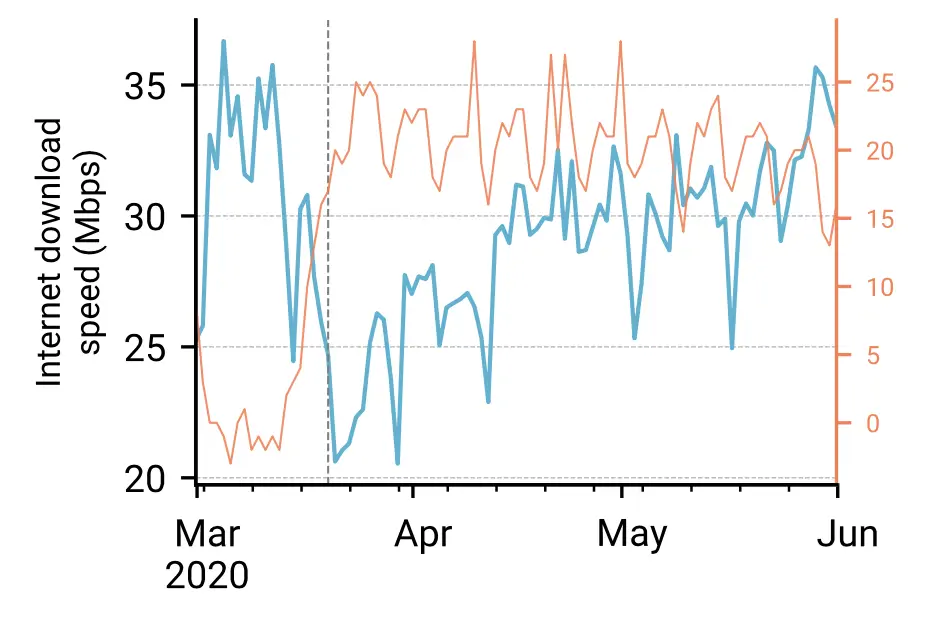
So, what can we do about these disparities? It’s clear that policymakers and the private sector need to collaborate on targeted local policies. We need initiatives that focus on improving connectivity in underserved areas, promoting Fiber to the Home (FTTH), a broadband technology that uses optical fiber to deliver faster and more reliable high-speed internet directly to buildings, making high-speed internet packages and devices more affordable, and fostering digital literacy through training and awareness programs. For instance, the World Bank is supporting the State of Sergipe to connect about 1,000 public buildings via fiber optic, catalyzing private sector investments to bring internet access to unconnected households.
By implementing these measures, we can work towards more equitable internet access, in Brazil, but also around the world. This will help ensure that everyone has access to fast, affordable, and reliable connectivity—a cornerstone of development in the digital age.
The research featured in this blog was supported by the Digital Development Partnership, which aims to advance digital transformation in low and middle-income countries by building strong digital foundations and accelerators, facilitating use digital cases for the digital economy to thrive.
